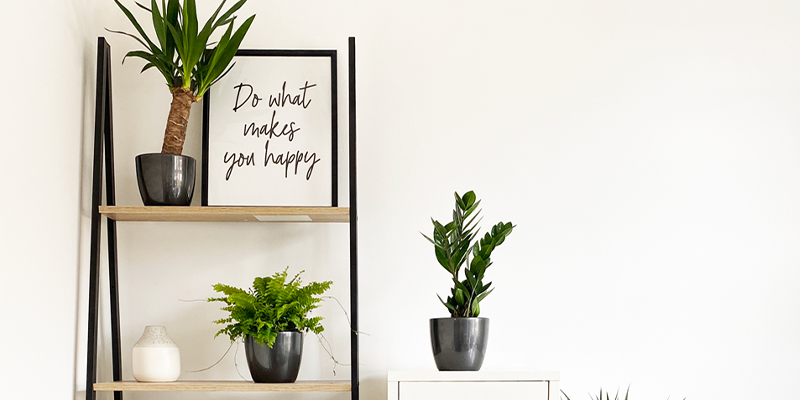
House plants are a must-have in any home. Nature’s healing effect on our minds and bodies has been well-documented, so it’s little wonder that bringing the outside in appeals to everybody.
Unfortunately, for all their lauded qualities, house plants can be divas. If your leafy lodger has shrivelled and died on you after a matter of weeks, you’re not alone. You simply need to know where you’re going wrong - and learn how to turn that black thumb bright green in a jiffy!
So, how do you stop killing your house plants?
Overwatering House Plants
We’re willing to bet that the biggest mistake you’re making is overwatering. That’s right, you’re drowning your botanical babies with too much TLC!
The main symptom of overwatering is wilting, along with yellowing, browning and slow growth. Many people spot wilting and - not unreasonably - assume that their house plant needs further watering, which is the worst thing they could do. Chances are, its roots have already started rotting, but there’s a sliver of hope.
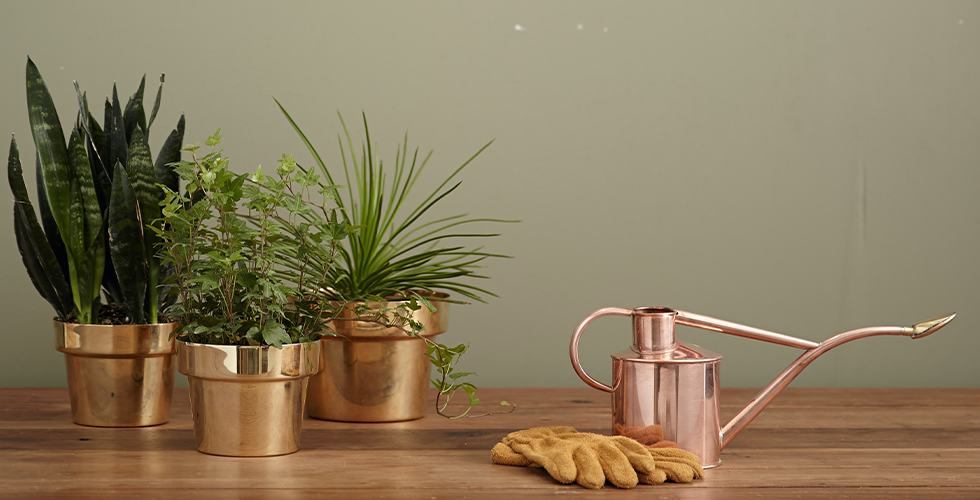
Gently tip your plant out of its pot and see if any healthy white roots remain. If they do, gently snip off any wet, brown roots and wash the survivors under running water. Repot your plant into fresh, nutrient-rich soil, adding plenty of drainage holes. If all you find is a mushy mess, then we’re afraid a compost heap funeral beckons.
To avoid falling into the fatal overwatering trap again, only water your house plant when the top two inches of soil is dry to the touch. Establishing a regular watering schedule should help prevent root rot, but remember to pour away any excess water that collects in your decorative outer pot or drip tray.
Sunlight and Humidity
Overwatering definitely not the problem? We did say house plants are divas! It’s also important to pay attention to sunlight and humidity. Some species need a lot of one, the other or both. For example, orchids and Boston ferns famously fare best in steamy bathrooms and kitchens as they’re native to tropical climates. If in doubt, check out our house plant care guide, or Google yours and make a note of its specific needs.
Nutrient Deficiencies
Just like humans, house plants sometimes suffer from nutrient deficiencies. White stripes along the veins of the leaves can signal a lack of magnesium, which is easily rectified by adding lime or Epsom salts to the soil. Coffee grounds can help when your house plant needs nitrogen (the centre veins of the leaves turn yellow) and lemon peel buried at the base can save the day when it’s craving potassium (yellowing of the edges and tips).
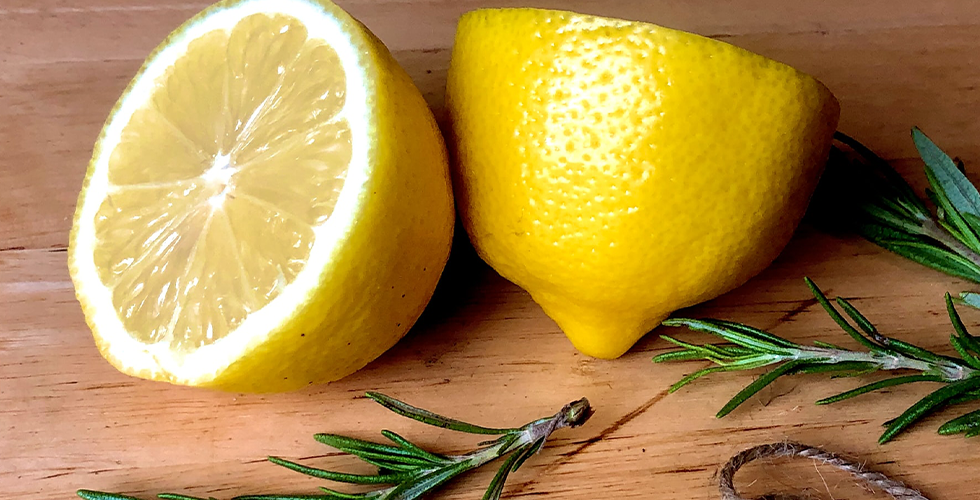
Low Maintenance House Plants
If this all sounds like faff, opt for a low maintenance house plant. By low maintenance, we don’t mean ‘pop it in the corner and ignore it for the rest of time’, because all living things - even cacti! - need water to survive. We mean ‘hardier in the face of neglect than others’.
Give yourself the best shot at gardening glory by choosing drought-tolerant house plants from hotter climes. Here are five of our favourites:
Parlour palm
Popularised in the Victorian era, hence its ‘parlour palm’ nickname, the chamaedorea actually originates from the Mexican and Guatemalan rainforests. It’s a breeze to look after - aim for weekly watering in the warmer months - and can grow to 1.2 metres if given enough light. That said, this elegant evergreen will be just fine shadier spots.
Dragon tree
The Madagascan dracaena looks like a miniature tree with its thick woody stems and long pointed leaves. Better known as a dragon tree, you’ll find two varieties in our range - the marginata, with red edges, and the double-stemmed lemon and lime with its fun yellow and green leaves.
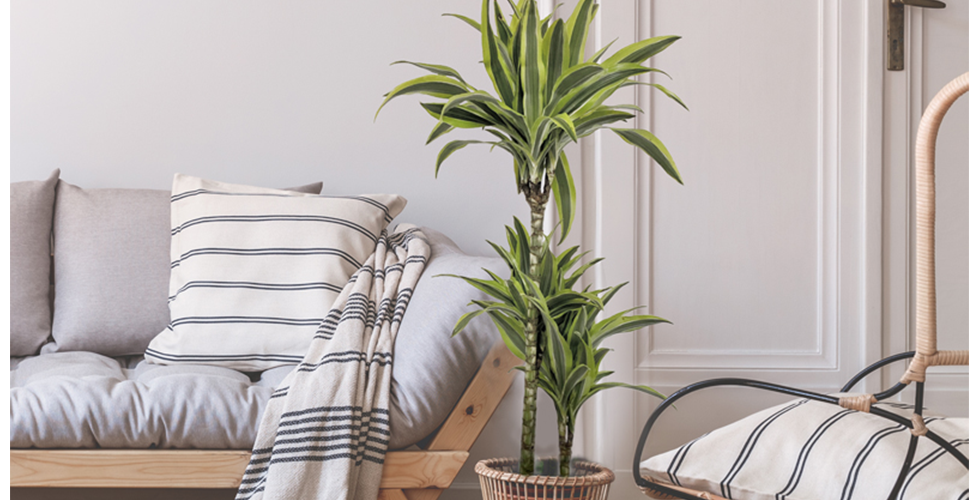
Spider plant
The classic chlorophytum - more commonly known as a spider plant - has cheerful variegated leaves. Ideal for beginners, it likes moderate light and cooler temperatures. Weekly watering will suffice but don’t let it get too dry. It’s part of our tropical trio bundle, if you fancy one.
Yucca
This adaptable plant will make a real statement in your living space with its chunky trunk and sword-like leaves. Native to dry parts of the Americas, they don’t require much watering - bi-monthly in winter and every 10 days in summer should be plenty. It asks only for bright light, so pop it by a south-facing window. Our yucca is available solo or as part of our tropical trio bundle.
Snake plant
Part of the sansevieria family of succulents, the spiky snake plant retains water in the desert. It thrives in warm, bright conditions but can survive in shady spots. Don’t go wild with the watering - monthly is enough, with a little more in summer.
With the right care, your house plant can last for many years. Our house plants fall under our 100% happiness guarantee. In the unlikely scenario that yours arrives looking sorry for itself, we’ll refund you immediately - plus an extra £10 for the trouble. Shop our newly expanded range of house plants today.

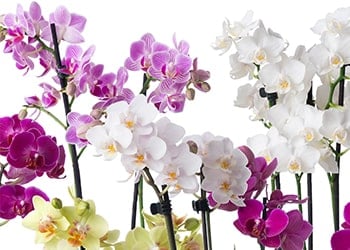




